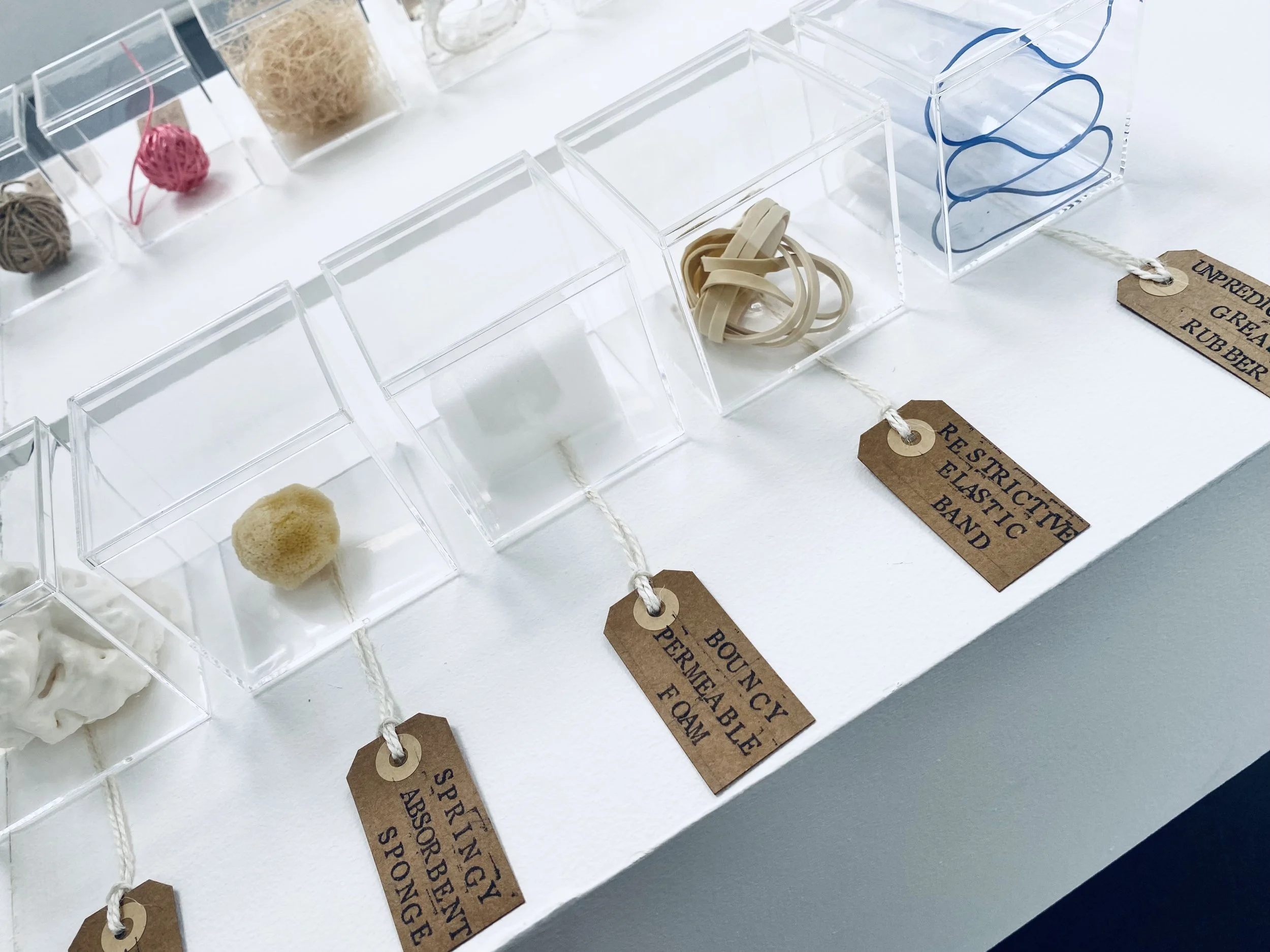The Haunted House- the Embodiment of Addiction
In the book "‘The difficulty of Being’ Jean Cocteau dedicates a chapter to "‘Haunted Houses’. A haunted house can be perceived as a space marked by absence, that echoes of the past, and an unsettling presence—all of which parallel the experience of addiction. Addiction itself can be seen as a haunting: it leaves traces, imprints on the body and mind, and affects both the individual and their surroundings long after the immediate experience. The house represents the self, the body, or the mind—spaces that addiction inhabits, transforms, and destabilizes. The ghosts are the memories, cravings, and traumas that persist even after substance use has stopped. The architecture of addiction is unstable, shifting, and distorted—just like a haunted house.
Addiction
This model of practice consists of an artistic -pedagogy used to support sustaining positive affirmation of change from addiction through a series of workshops. Drawing on Karen Barad’s concept of Intra-actions and the idea of becoming with substances the project explores how alternative engagements with the materially of addiction and affective matter, can foster transformation and positive change. The approach reframes substance use as a creative and embodied practice, where the intra-action between bodies, materials, and discourse becomes a catalyst for change and learning. The process emphasizes the fluid, entangled nature of recovery and identity formation.



